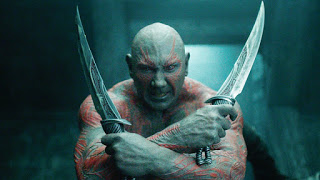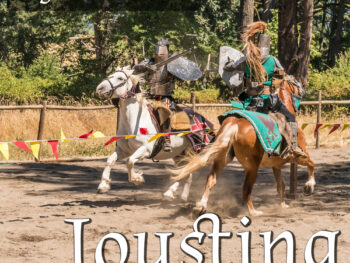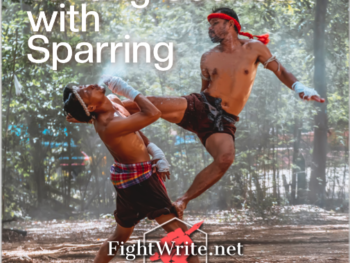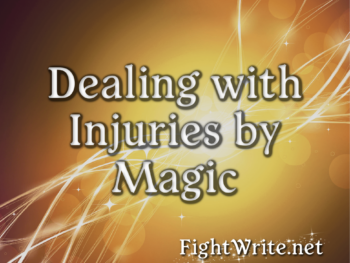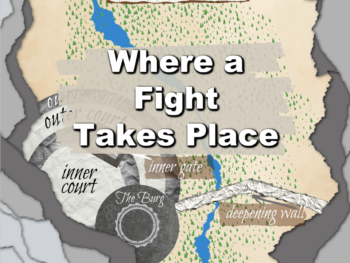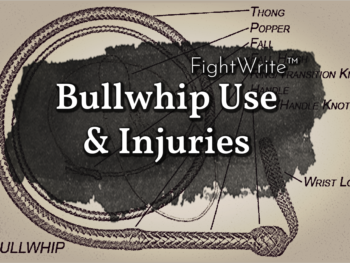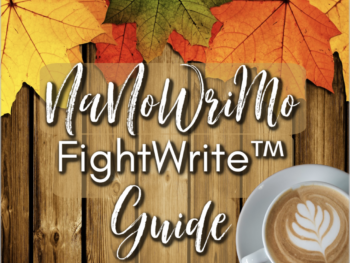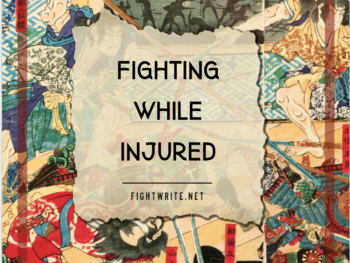First, I want to again thank Kirk McCune for helping out
with last week’s post. If you missed it, he discussed double versus single edge knives.
Ok, we are covering a lot in this post so let’s just jump right into it.
Types of Knives
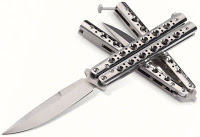 |
| Balisong/Butterfly knife |
contained in its handle, and which opens its blade by the force of inertia or gravity. Balisong/butterfly knives are examples. They are illegal just about every where because people cut themselves while practicing with them. Yes, really.
Kukri – You will hear these called knives but they are actually machetes. They’re big. You won’t find a little kukri because it’s for big jobs. The shape redistributes mass, focusing it on the cutting edge near the broad tip. It is lighter near the handle. This makes the chopping motion efficient and natural. When you hold one, you just want to whack something.
 |
– The karambit’s design provides the user with precision and stability regardless of where they are or how they are positioned: water, ice, hanging upside down. The curve allows for multiple planes of use meaning you can get all kinds of angles going. The shape of the weapon allows the wielder to “hook and destroy,” as Doug Marcaida does in the video. The ring helps the user to draw quickly, maintain possession and keeps the blade from sliding back in the hand.
Before addressing carrying a blade, we need to address something of greater importance. If you remember nothing else from this entire post remember this:
IF YOUR CHARACTER (OR YOU) SHOWS A KNIFE, BE READY TO USE IT.
Never threaten with a knife. Ever. So, regardless of where the weapon is hidden, unless one is willing to kill with it, leave it be.
So, where to hide it? Well, that’s another post. 🙂 Sorry, I have to give you all a reason to keep coming back, right?
I leave you all with the best movie knife fight scenes ever. As you might imagine, they are kinda bloody and stuff. You’ve been warned. It starts with a balisong (butterfly knife). Watch just that little bit and you will see why people cut themselves practicing.
Until the next round at FightWrite.net, get blood on your pages.


